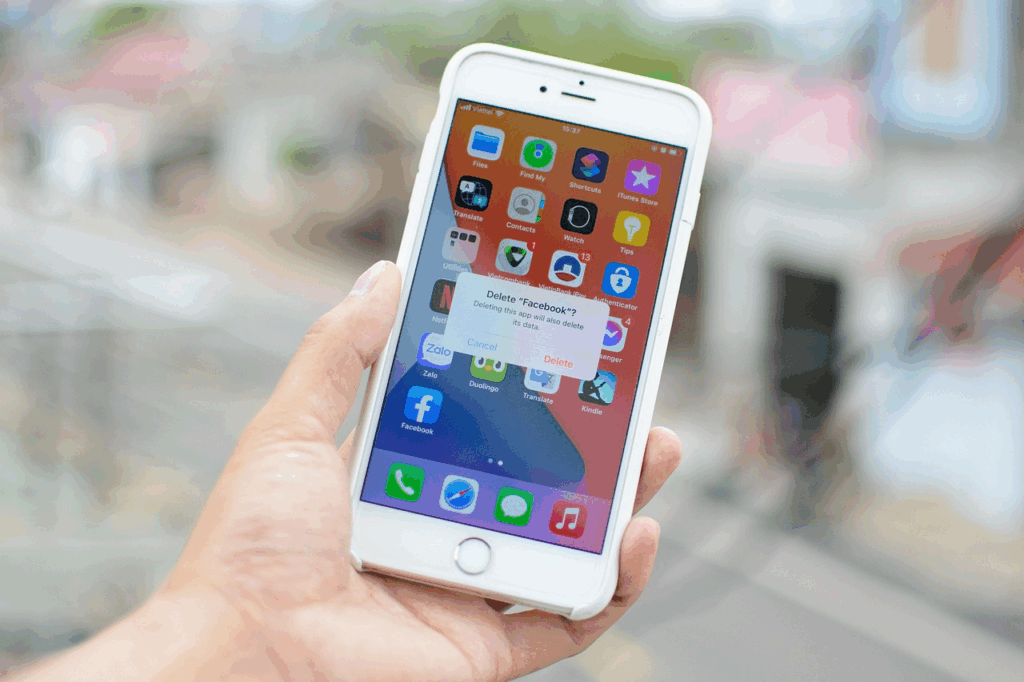Once considered a fun add-on to text messages, emojis have evolved into a universal visual language capable of expressing tone, humor, and emotion faster than words ever could. From the wink 😉 that softens sarcasm to the skull 💀 that signals laughter, these tiny symbols have transformed the way we communicate.
But behind every emoji lies context, culture, and constant reinterpretation. Understanding what they really mean—and how those meanings change—reveals just how dynamic digital communication has become.
From Japan to the World
Emojis were born in late-1990s Japan, when designer Shigetaka Kurita created a set of 176 pictograms for early mobile phones. His goal was simple: to convey emotional nuance that plain text couldn’t capture. The idea spread rapidly across Asia before Apple and Google integrated emojis into global keyboards in the 2010s.
Once standardized by the Unicode Consortium, emojis became a digital lingua franca, transcending language barriers. Yet even with global reach, their meanings are far from universal. A folded-hands emoji 🙏 means prayer in some cultures, gratitude in others, and “high-five” to a few. Cultural context determines interpretation, and new meanings evolve as fast as online slang.
Today, there are over 3,700 emojis in use. These tiny artworks document our collective emotions, trends, and even politics.
Prefer a symbols-first angle? Check out The Secret Symbols Hidden in Medieval Art.
The Psychology of Emoji Use
Why do we rely so heavily on emojis? Because text strips away tone. In face-to-face conversation, we rely on facial expressions and gestures to understand intent. Online, emojis serve that purpose. They help prevent misunderstandings and add warmth to otherwise flat communication.
Psychologists have found that emojis trigger the same emotional responses in the brain as seeing real human faces. Sending a smiling emoji activates mirror neurons that mimic social connection, which explains why messages with emojis often feel friendlier or more personal.
They also act as emotional punctuation. A single emoji can shift meaning entirely. For example, compare “Sure.” to “Sure 😊.” The first feels curt; the second feels kind. This ability to fine-tune digital tone has made emojis indispensable in everything from workplace chats to romantic texts.
Interestingly, generational patterns have emerged. Younger users adopt irony and exaggeration. For example, using 💀 to mean “I’m dying laughing” or 😭 for both humor and sadness. Meanwhile, older users stick to literal meanings. The same symbol can carry wildly different tones depending on who sends it.
Curious how cues shape feelings? See How Colors Affect Your Mood Without You Realizing It.
Emojis as Culture and Code
Over time, emojis have become cultural artifacts. They reflect what societies value and how they evolve. New designs are now approved annually to improve representation: skin tones, gender diversity, and symbols for disabilities have all been added. Even political statements appear through emojis, like the 🌈 pride flag or the 🏴☠️ used by online activists.
At the same time, emojis form digital dialects that differ by community. Gamers, fandoms, and social groups develop their own shorthand, using inside jokes built on imagery. In private chats, emojis can even function like secret codes, conveying emotions or meanings outsiders wouldn’t understand.
Yet this expressiveness also creates challenges. Courts have seen legal cases hinge on emoji interpretation, and companies monitor emoji trends to gauge public sentiment. The line between play and precision is blurrier than ever.
Emojis remind us that language is alive. They’re proof that humans, no matter how advanced technology becomes, will always find creative ways to express feeling and connection, sometimes through nothing more than a tiny yellow face.
Explore How Algorithms Decide What You’ll See Next to understand how feeds shape the way symbols spread.




